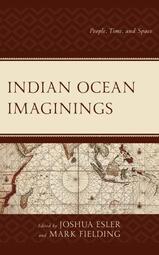
 This long book chapter was published in Indian Ocean Imaginings: People, Time, and Space; edited by Joshua Esler and Mark Fielding (2022). My chapter explores the histories of corporate-state alliances represented by four companies that have laid international submarine cables in the Indian Ocean region in the last decade. The four companies are Alcatel Submarine Networks (ASN), SubCom, Nippon Electric Company (NEC) and Huawei Marine Network (HMN) Technologies. This chapter provides insights about network sovereignty in the Indian Ocean region and competing visions of globalization.
This article by me and Dr Shaphan Cox has been published in From the European South Issue 10 2022, pages 41-55. The article asserts that the process of public conversation around the renaming of Fremantle’s civic centre can be understood as toponymic workspace for opening up a politics of place-naming and a method for assessing and improving procedural justice. Such forms of public consultation can be applied by local governments and communities seeking ethical representation in and of public places, and they can be made effective through substantial inclusion of Indigenous visual culture, language and stories within the toponymic workspace.
FarNearFutureNow is showing from 28 March to 8 May at the John Curtin Gallery as part of the Energaia exhibition. The creative documentary is projected upwards from a television screen and reflected into holographic form via a transparent pyramid. Juxtaposing scales and genres, the work addresses Australia’s Long-term Emissions Reduction Plan (Australian Government, 2021) while demonstrating the dogged persistence of colonial space in science fiction and planetary crisis. The work by me, Raymond Grenfell, Hafizur Rahaman (above left), Maureen Boyle and Richard Eames explores representations of energy transformation as disruptive trans-scaler encounters. Mimicking the holographic plea by Princess Leia of the Rebel Alliance in Star Wars (Lucas, 1977), FarNearFutureNow appeals for viewer agency in a struggle against planetary destruction. In this holographic projection, a cosmic zoom into Ngarluma country is cut short by the transmission of future energy plans which are, in turn, disrupted by members of Extinction Rebellion and their appeals for immediate action.
This short-story was written in response to Yee I-Lann's (2021) Pangkis, a single channel video of performers from the Tagaps Dance Theatre wearing the woven sculpture, ‘7 Headed Lalandau Hat’. The story, about seven former students trying to reconstitute a private bitcoin key during the COVID-19 crisis, was published in December 2021 in Meniscus Literary Journal 9(2), 133-142. This image of Pangkis was retrieved 15 September 2021 from https://ocula.com/magazine/conversations/yee-i-lann-on-relearning-differently-in-borneo/
Social imaginaries of subsea cables: recovering connections between Broome and Banyuwangi23/10/2021
Kerr, T. & Wahyudi, I. (2021). Social imaginaries of subsea cables: Recovering connections between Broome and Banyuwangi, Media International Australia 181(1), 32-43. DOI: 10.1177/1329878X20985961
As most data travel through subsea cables, this article investigates social imaginaries of the cable laid in 1889 from Banyuwangi in south-eastern Java to Broome in north-western Australia. Through collaborative fieldwork in Broome and Banyuwangi, radically different representations are identified at either end of the cable. In Broome, the cable telegraph station is memorialized for introducing colonial sophistication to a town where Java is celebrated for facilitating communication with Britain. In Banyuwangi, there is no mention of Broome and little mention of the undersea cable. Instead, there are mythical and haunted representations of a decrepit British Hostel occasionally associated with telegraph operations. Despite some similarities in Indigenous perspectives and entrepreneurial desire to realize tourism income from cable heritage, an ocean-size gulf was identified between the social imaginaries that enabled the cable to be dug up and normalized as a cultural attraction in Broome while remaining buried, almost forgotten, in Banyuwangi. Article in The Conversation on the work by Dr Irfan Wahyudi of Universitas Airlangga and me on the Banyuwangi-Broome undersea cable. This preliminary work was accompanied by new interviews and discussion of our project on ABC radio, Jawa Pos, Republika, Merdeka, Antara and Detik.
Kerr, T. & Wardana. A. (2020). Utopian resort living: Islands of reclamation and environmental resistance in Bali and Western Australia. Journal of Tourism and Cultural Change. DOI: 10.1080/14766825.2019.1694534
This article provides a comparative analysis of localised contests over the reclamation of new islands for resort-style development projects in waters near tourist destinations in Bali and Western Australia. The research focuses on the Tirta Wahana Bali Internasional Resort proposed for a seabed site in Benoa Bay, Bali, and the North Port Quay development proposed for a seabed site off the coast of Fremantle, Western Australia. The investigation finds that proximity plays a common critical role in the shaping of discourses, environmental alliances and planning determinations around the resort-island reclamation projects. Representations of the proposed new islands stimulated local community resistance movements because the projects reflected the utopian desires of their developers to create resort lifestyle communities that were geographically near yet socially far from people already enjoying the coastal waters targeted for reclamation. By comparing discourses around the two projects, we identify how the artful reimagining of environmental and cultural heritage within each of the resistance movements has influenced local politics and created opportunities for bringing Indigenous perspectives into public view to unsettle nationalist and colonial nativist views of lands and waters in tourist areas. Kerr, T., Ndimande, B., Putten, J.V., Johnson-Mardones, D.F., Arimbi, D.A., Amalia, Y.S. (Eds.) (2019). Urban Studies: Border and Mobility. Leiden: CRC Press/Balkema. ISBN: 978-1-138-58034-3 (Hbk), ISBN: 9781138580343 (eBook)
|
Archives
February 2023
Categories |
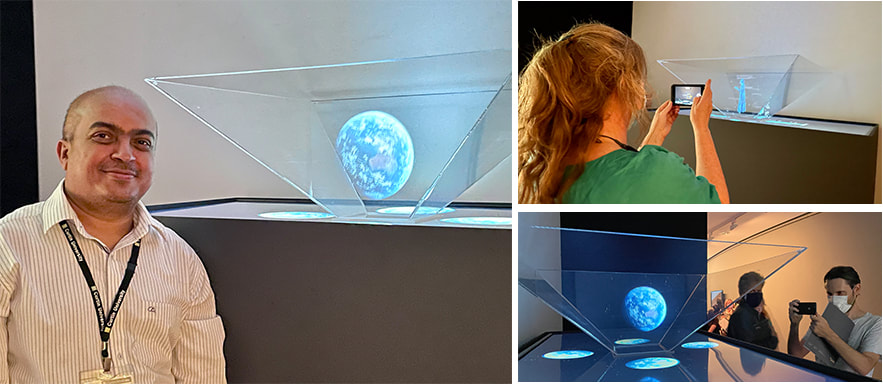
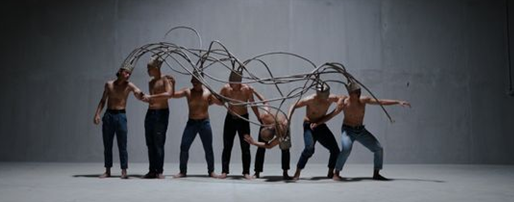
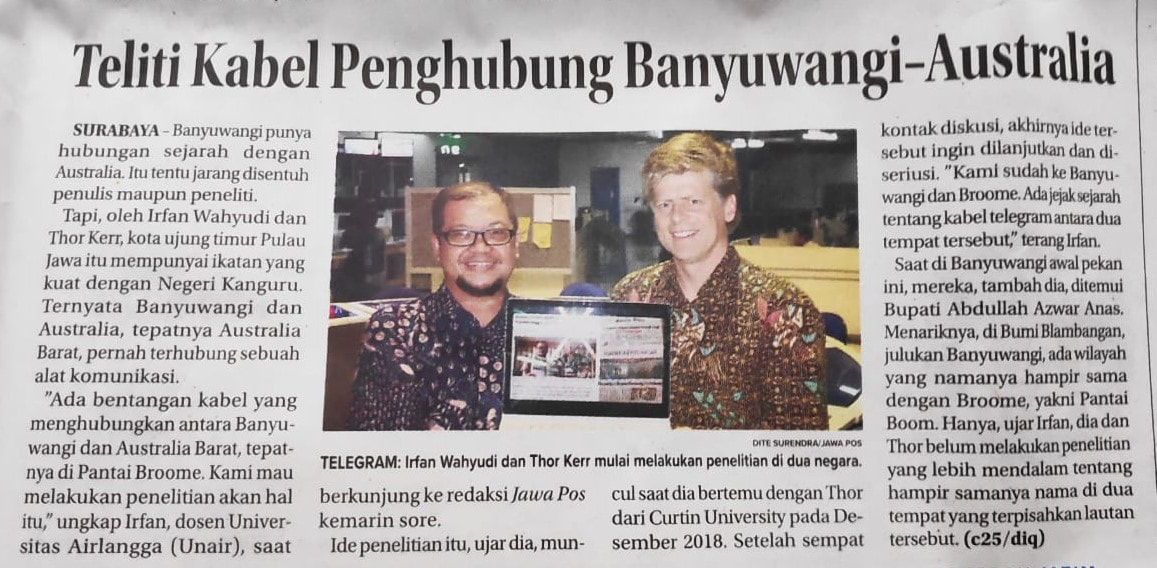
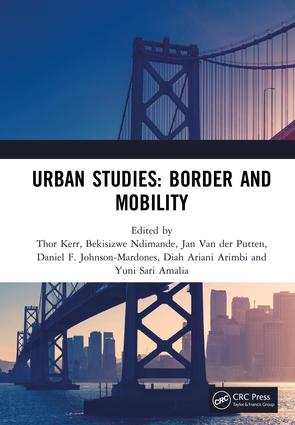
 RSS Feed
RSS Feed